When your skin is cranky with almost anything like cold air, fragrance, and even water, the last thing you need is another beauty gimmick. A skincare problem is likely to exist. If you’re reading this, you probably understand how sensitive skin is. I’ve walked down your path. I understand the frustration that comes from everything wanting to achieve clean, healthy skin, but resorting to products that are misleading. And this is exactly the reason I decided to pen this down.
And this is why my guide will not touch on trendy topics and instead focus on offering concrete solutions. It’s for that passionate skincare enthusiast who wishes to identify a more appropriate way of cleansing without invoking tears, redness, and tightness.
I’ll try to cover everything including how to look for the best facial cleansing brushes designed for sensitive skin, to how they function, what should be avoided, what is worth trying, and how the brushes can be utilized without risks to the face.
What Is Sensitive Skin—and Why Does Cleansing Feel So Hard?
Understanding Your Skin’s Reactions
Sensitive skin goes beyond just a type of skin; it’s a condition. Sensitive skin manifests as redness, dryness, tightness, a burning sensation, and even breakouts when the wrong tools are used. Tightening the skin barrier makes even the gentlest of towels feel rough. The most basic step of skincare becomes a risk—and that’s cleansing.
Prior to this, I always thought I had “bad skin.” In reality, it was my skin care routine. My approach was far too aggressive. From soaps to exfoliators to brushes, everything catered to skin that was distinctly different from mine. Boy did I pay for it. A change in mindset where I respect my skin’s boundaries marked the beginning of the actual healing process for my skin.
What a Facial Cleansing Brush Actually Does
Why a Brush Might Be Better Than Your Hands
Cleansing brushes provide aid in the removal of makeup, dirt, oil, and dead skin, which are relevento skincare. Thus, the brush should make washing a bit easier. Well, at least that’s the theory. For sensitive skin, gentler means might do the trick, depending on the design of the brush. The rigidity of the bristles coupled with the strength of the movements can create micro-tears, thus worsening the inflammation.
The goal is not to scrub your skin until it is raw. Rather, it’s to help the cleanser remove loosening debris without any damage. A good brush will make your skin’s absorption of the products better, as well as enhance its appearance over time. A bad one can make skincare feel like a grueling chore.
Why Most Brushes Fail Sensitive Skin Types
When “Deep Clean” Means Too Much Damage
Let’s not kid ourselves; for people like us, the vast majority of brushes do not work. They spin very quickly, vibrate quite strongly, and have rigid bristles which feel bad. For those with normal to oily skin, these features may be acceptable, but for those with sensitive skin, it’s akin to using sandpaper.
I recall one particularly popular brush that was recommended, which inflicted peeling skin on me after just two uses. That’s when I learned that increased power does not always result in increased effectiveness.
If you’ve tried one of those brushes and were left worse off, you are not the only one. The error is not yours; it is the brush’s. It is crafted with no care for gentle skin. Soft silicone heads, gentle vibrations, better ergonomic shapes, and other features can make a difference.
How I Finally Found the Right Type of Brush
The Learning Curve (And a Few Painful Lessons)
Let me be honest with you, my friend. I did not get it on as the first try, or the second try. I bought brushes that claimed to bestow glowing skin, but all they did was disguise my patchy skin with red. I was burned by brushes that influencers raved about, only for my skin to feel like it was sunbaked. In the end, desperate nights covered in aloe helped me figure out what worked, but only after countless cycles of trial and error.
What is the secret? There’s silicone bristles and movement is kept to a minimum. Most importantly, it is patience. The focus was not on the most expensive equipment, but rather, what my skin was capable of tolerating.
Key Features to Look for in the Best Facial Cleansing Brushes for Sensitive Skin
Soft Materials That Don’t Scratch or Irritate
Brushes are classified into forethought, but for finer details to exfoliate the skin, bristle type is just as crucial. Medical grade silicone, the type that doctors wear, or else adaptive to the skin, is utterly soft, and that’s just perfect. Not all nylon bristles are harsh, but they may feel soft to touch, so easier to polish. Another plus is how silicone is devoid of pores, making it easy to clean, and less likely to trap bacteria.
Sonic Vibrations Over Rotating Heads
Rotating brushes can have a pulling and tugging effect on one’s skin. Friction of that nature can incite nightmares. Dirt is loosened with extreme precision, replacing harsh maneuvers. They give more of a facial massage than scrubbing.
Adjustable Intensity Settings
One of the most sorely lacking features for sensitive skin is the brush’s adjustable skill level. However, customization in the lower setting is often a gem. It varies throughout the week, granting freedom of movement with skin form.
Brush Materials and Skin Sensitivity
| Brush Type | Material | Best For | Not Recommended For |
|---|---|---|---|
| Nylon Bristles | Plastic fibers | Normal/oily skin | Sensitive or dry skin |
| Silicone Heads | Medical silicone | Sensitive, acne-prone | – |
| Natural Bristles | Boar/synthetic | Dry or flaky patches | Very reactive skin |
Brushes That Worked for Me and Others with Sensitive Skin
Foreo Luna 3: A True Game-Changer
This brush changed my skincare routine for the better. Unlike other face brushes, the Foreo Luna 3 does not rotate or scrub; it pulses gently.
It’s silicone bristles feel like fingertips and do not scratch the skin. Foreo has suited my needs for over a year and it has not caused any complaints from my skin. Additionally, it is rechargeable, waterproof, and perfect for travel.
PMD Clean: A Budget-Friendly Alternative
I could not overlook the PMD Clean. It is less expensive, smaller than the Foreo, and lacking app controls. However, it is just as dependable. The silicone design is easy to grip, adjustable to four settings, and enables me to adapt my routine to my skin’s needs.
Comparison of Popular Sensitive Skin Brushes
| Product | Price Range | Material | Cleaning Motion | Rechargeable | Suitable for Sensitive Skin |
|---|---|---|---|---|---|
| Foreo Luna 3 | $$$ | Silicone | Sonic Pulses | Yes | Yes |
| PMD Clean | $$ | Silicone | Sonic Pulses | Yes | Yes |
| Olay Regenerist | $ | Nylon Bristles | Rotating | No | Maybe (on low setting) |
How to Use Your Brush Safely When Your Skin Is Sensitive
Prep Is Everything
Use lukewarm water to wet your face. Hot water strips the skin’s oils and increases sensitivity. After wetting your face, apply a gentle non-foaming cleanser. Cream and gel textures are ideal. Microbeads and acids should never be used with brushes.
Use Light Pressure and Short Sessions
Let the brush glide over your skin. Don’t press down or linger in one spot. Treat it as if you are painting a fragile surface. Most strokes should be light and steady. Moreover, sessions should last under a minute, and should redness arise, cease immediately.
Moisturize Right After
Your skin has undergone a deep cleansing, and now needs soothing. Post cleaning, apply a fragrance free, hydrating moisturizer right away. This will lock in moisture, whilst shielding your skin from dryness.
When Not to Use a Facial Cleansing Brush
If Your Skin Is Actively Inflamed
Steer clear of using brushes alongside breakouts, sunburns, and eczema flare ups. Skin in these states tend to be fragile and aggravating them might impede the healing process. So give your face time to heal before reaching for a tool, but it is better to be safe than sorry.
If You’re Using Strong Treatments
Benzoyl peroxide or retinoids? These strong actives require skipping brushes altogether. Mixing different types of exfoliation physically and chemically is bound to cause damage. And trust me, I’ve learned that one the hard way.
Brush Frequency for Sensitive Skin
| Skin Condition | Recommended Use Frequency |
|---|---|
| Mild sensitivity | 2–3 times per week |
| Moderate sensitivity | Once a week |
| Post-reaction recovery | Avoid until skin recovers |
Other Cleansing Alternatives That Are Gentle Yet Effective
Konjac Sponges and Soft Cloths
Not prepared for a brush? That’s fine. A konjac sponge is a gentle and biodegradable plant-based tool. It can cleanse your face without pulling or scratching. Microfiber cloths are also an option, especially for those who enjoy double cleansing.
Just Your Hands Can Be Enough
Goes brush-free is perfectly ok. Used with hands, a creamy gentle cleanser still has the ability to clean the skin without causing damage. That’s how I dealt with washing my face for years before I found the right tool.
Tools Compared for Sensitive Skin Safety
| Tool | Gentle? | Exfoliating? | Best Feature |
|---|---|---|---|
| Silicone Brush | Yes | Light | Deep cleanse without abrasion |
| Konjac Sponge | Yes | Very light | Eco-friendly and affordable |
| Microfiber Cloth | Yes | Moderate | Good for makeup removal |
| Hands Only | Yes | No | Simplest and safest option |
Your Skin, Your Rules: You Deserve Products That Work With You
You do not need to have the latest gadget or the most expensive one. What’s important is that there is something that works with the skin, not against it. It’s fine to send back a brush that hurts. It’s okay to pause and restart. This is your process, and every face is unique.
Permits to change are granted. Skin that is sensitive may feel restrictive, but does not mean that one cannot find a suitable routine. The options are available, along with the knowledge needed.
My Opinion
If you have ever washed yourself only to feel worse while staring at your reflection in the bathroom mirror, I see you. I’ve been there. But I know the serenity that accompanies you finding a brush that looks like it was custom designed for your skin, the one that cleans without causing pain, the one that seamlessly integrates into your routine.
This guide was written so you do not have to go through the same mistakes I did. Giving you the genuine response rather than the unfiltered marketing jargon. If it managed to help even slightly, then I’ve accomplished my goal. So here’s to embracing soft, clean, happy skin—and to self-care that matches the care you lavish on your face.
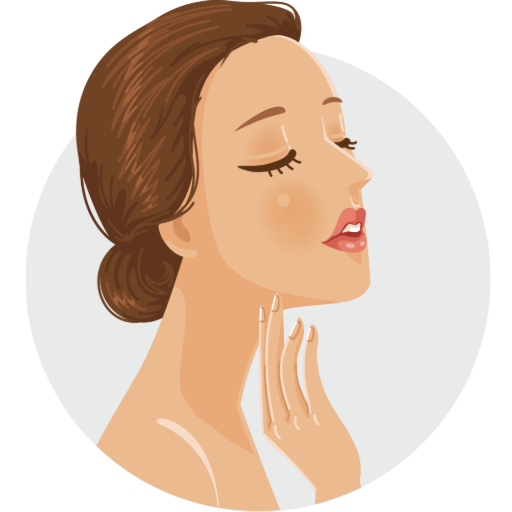
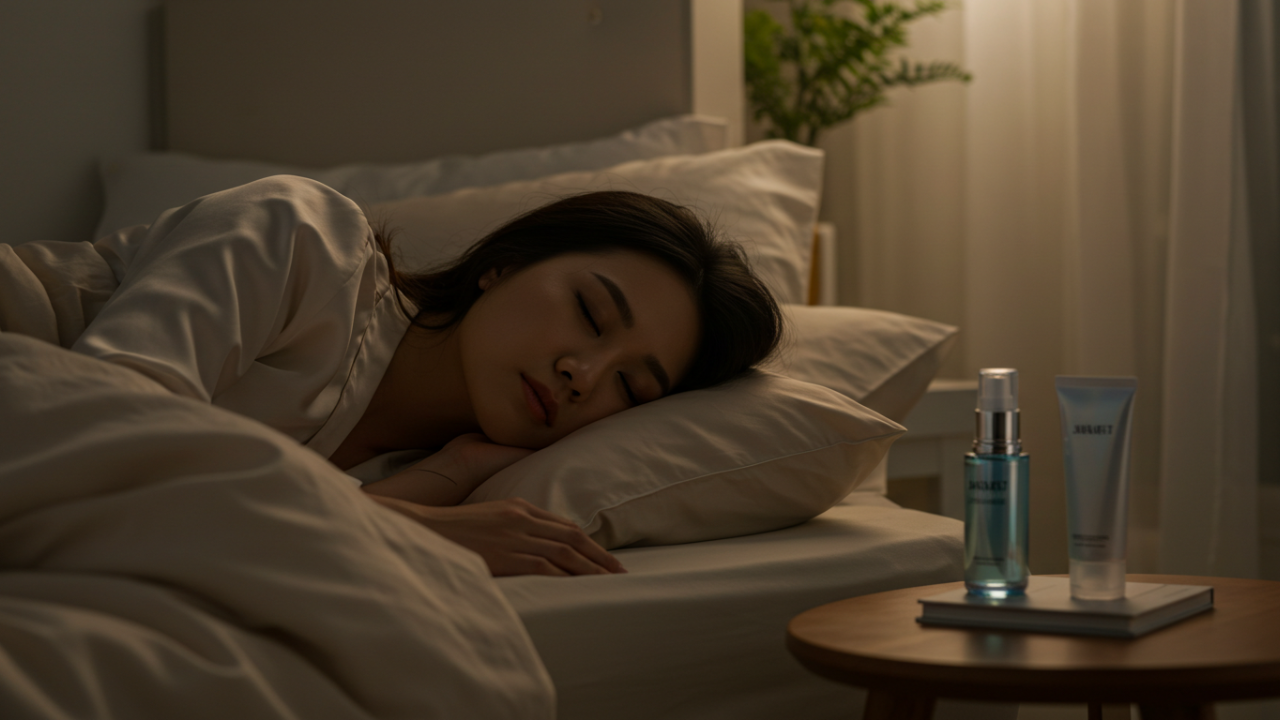
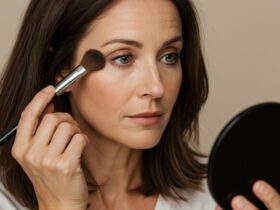

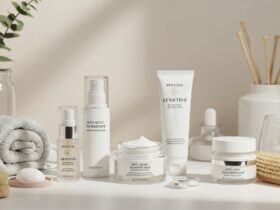
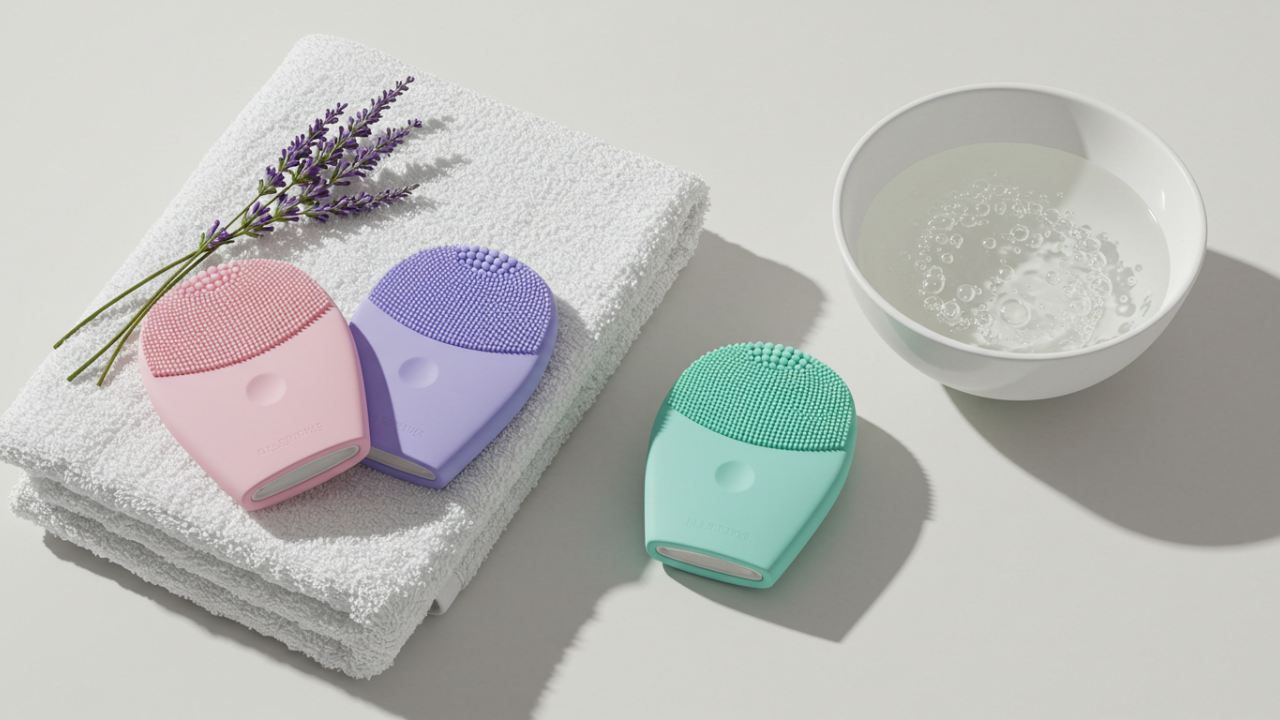
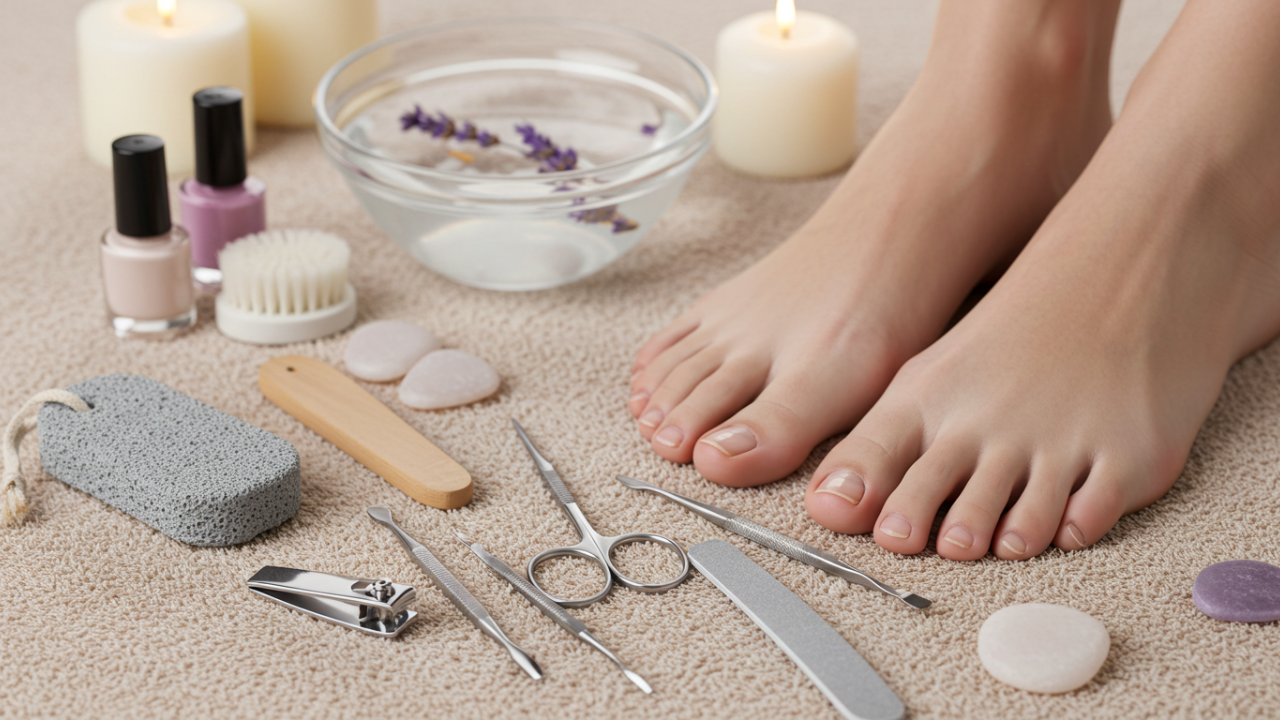

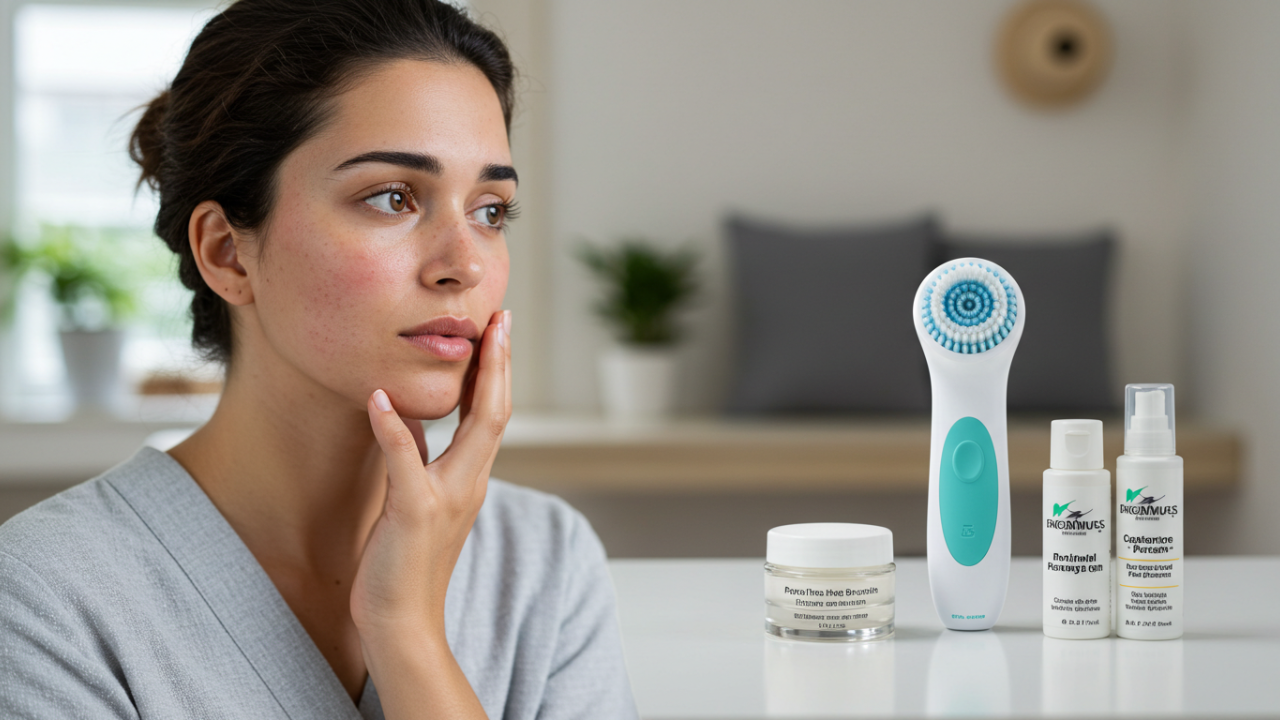


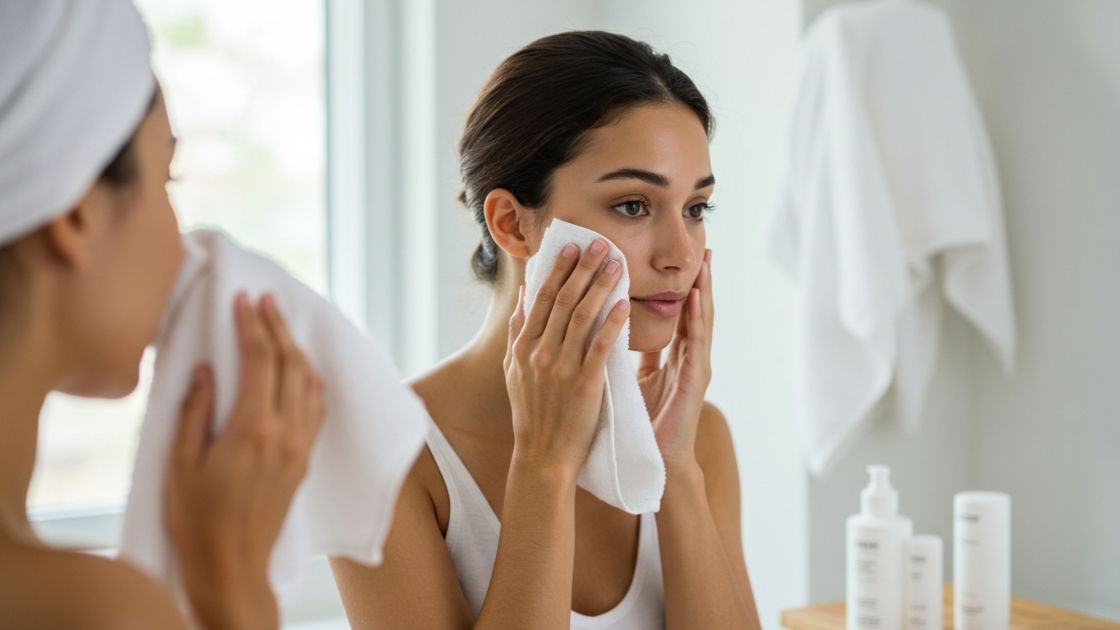
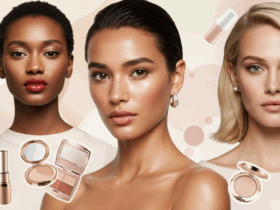
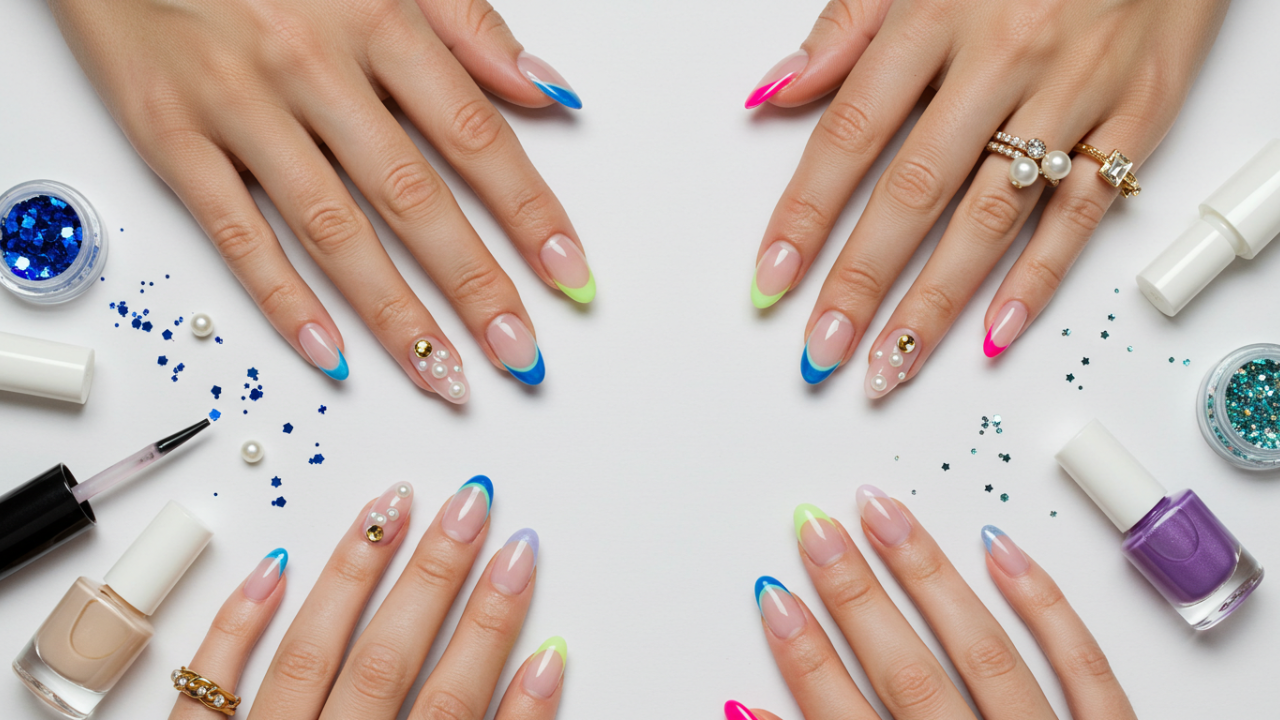
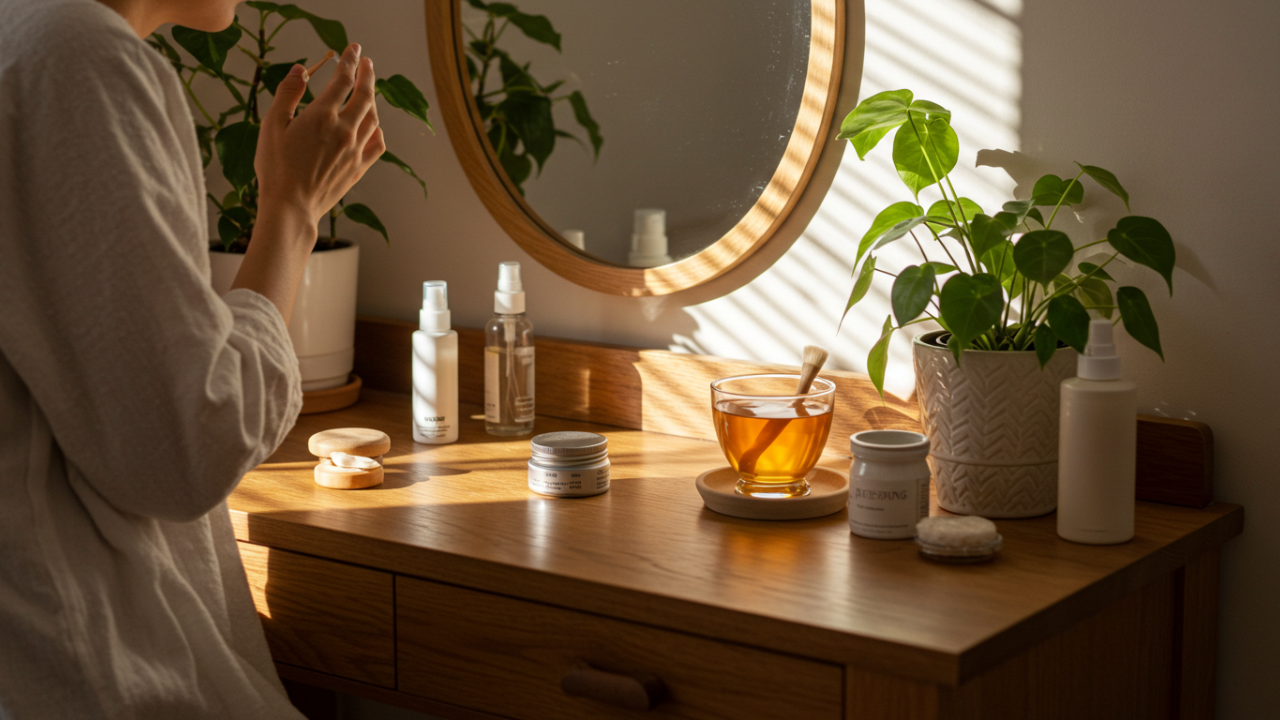
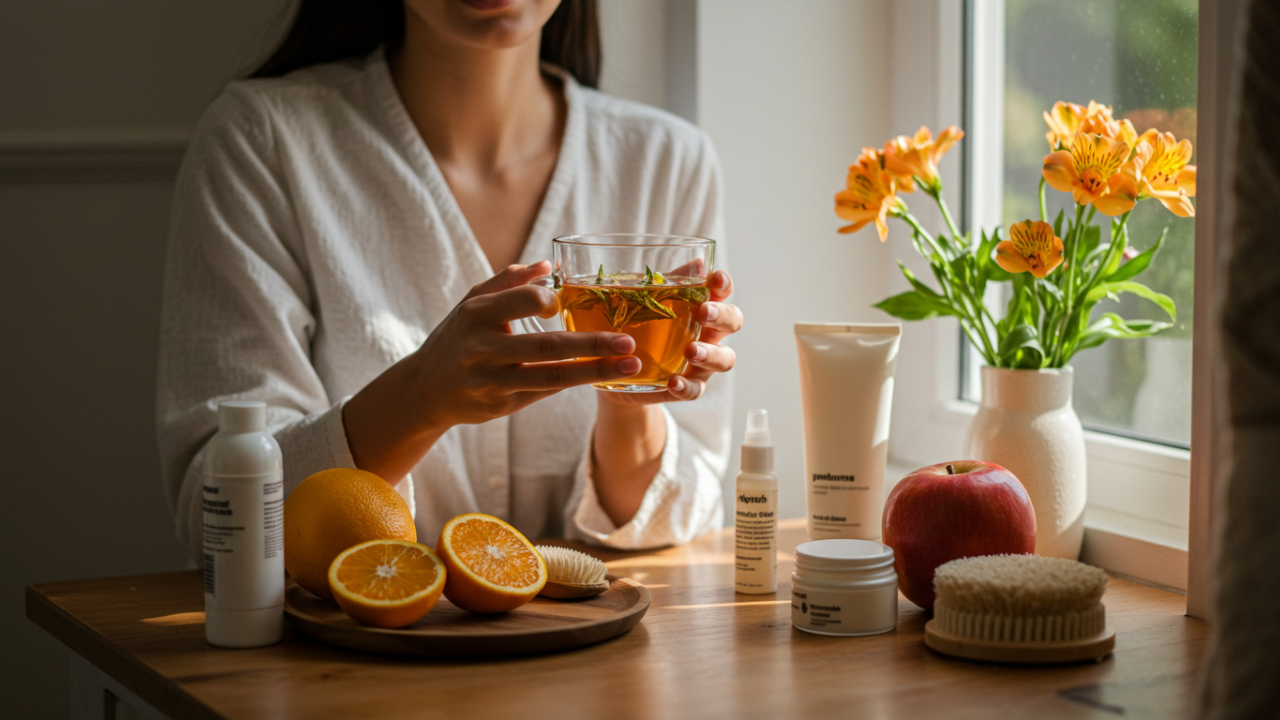
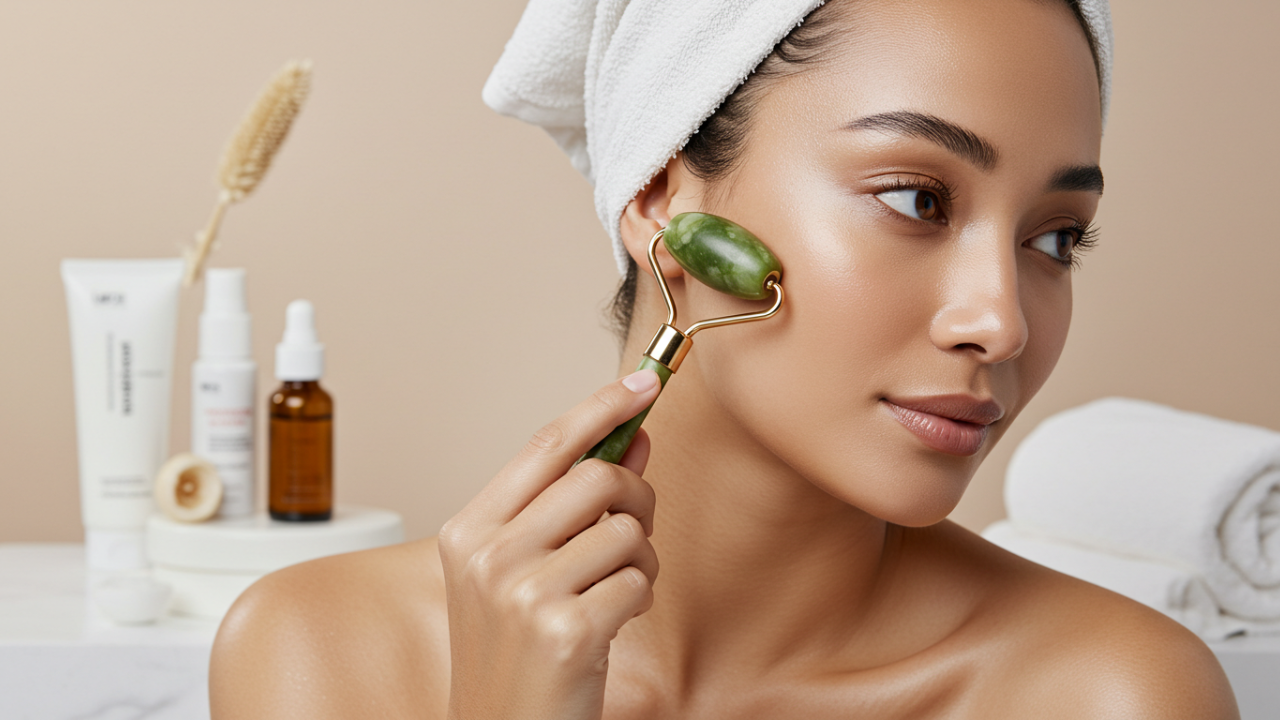
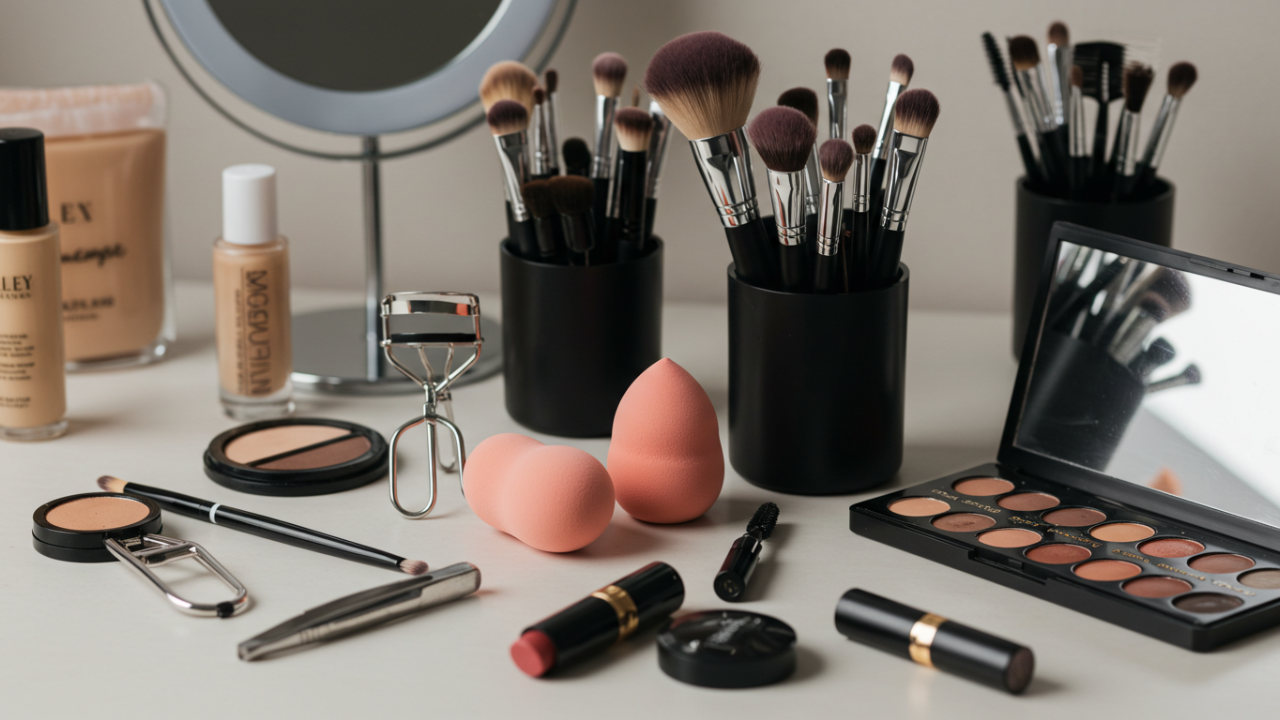
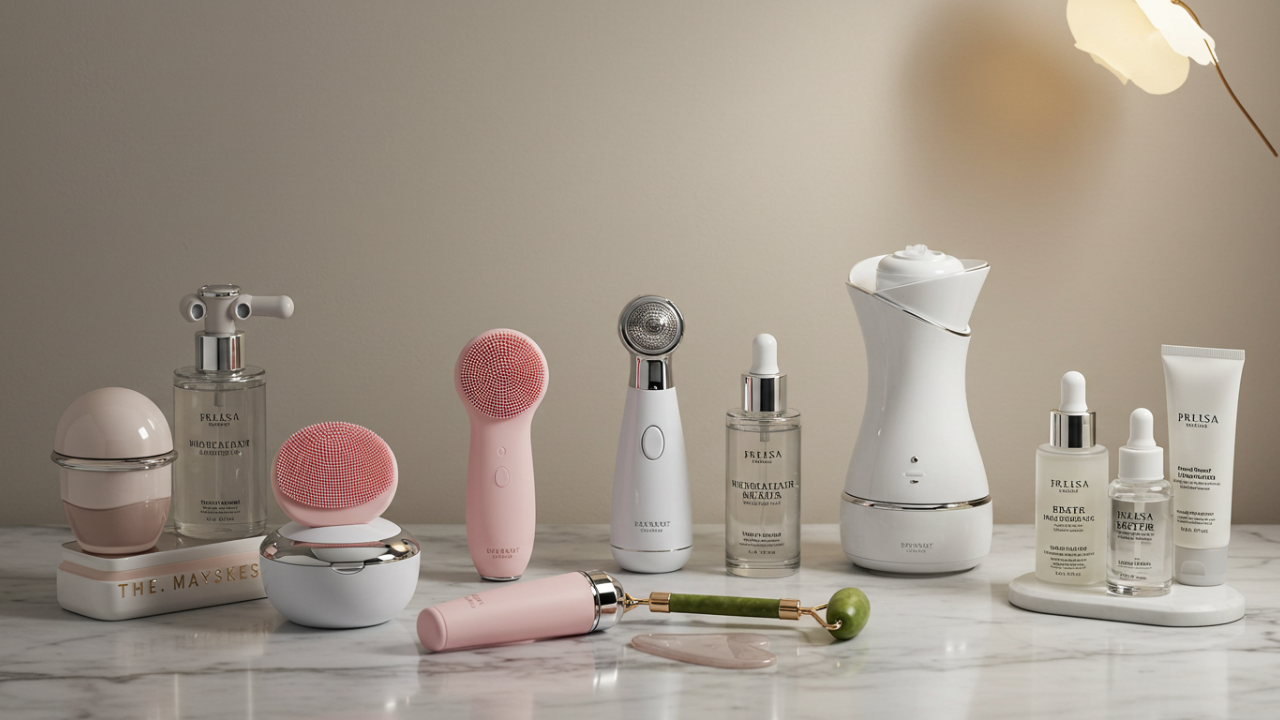
Leave a Reply
View Comments